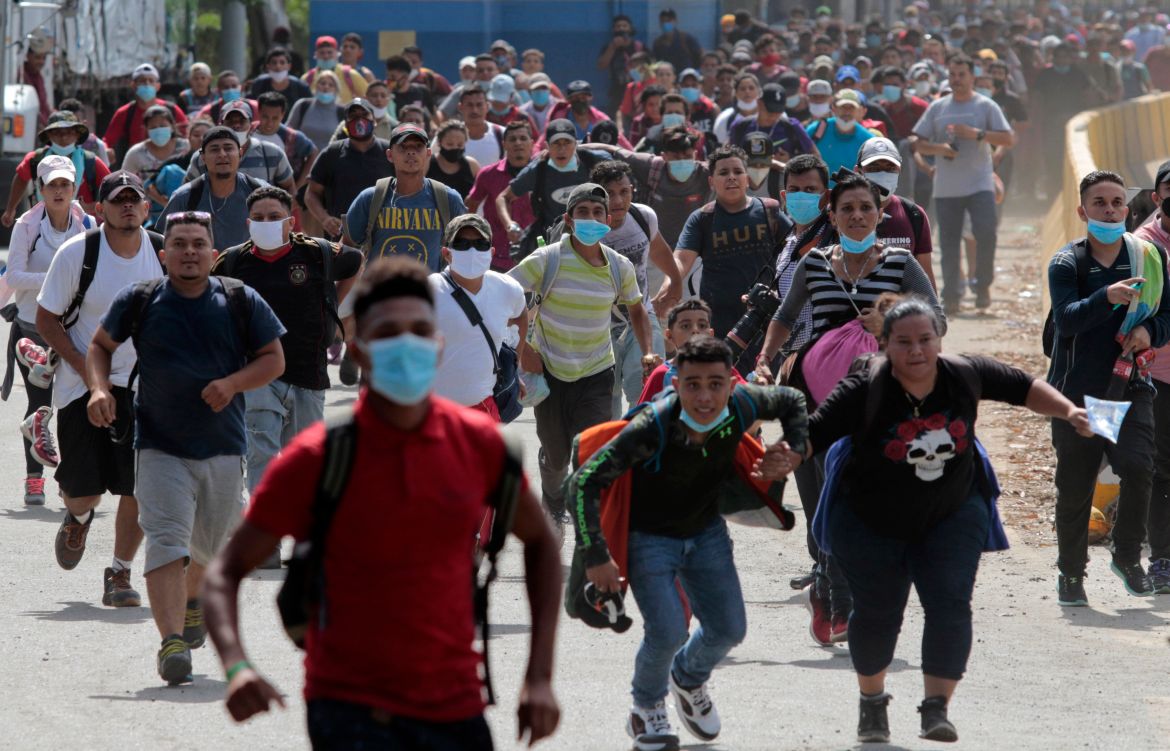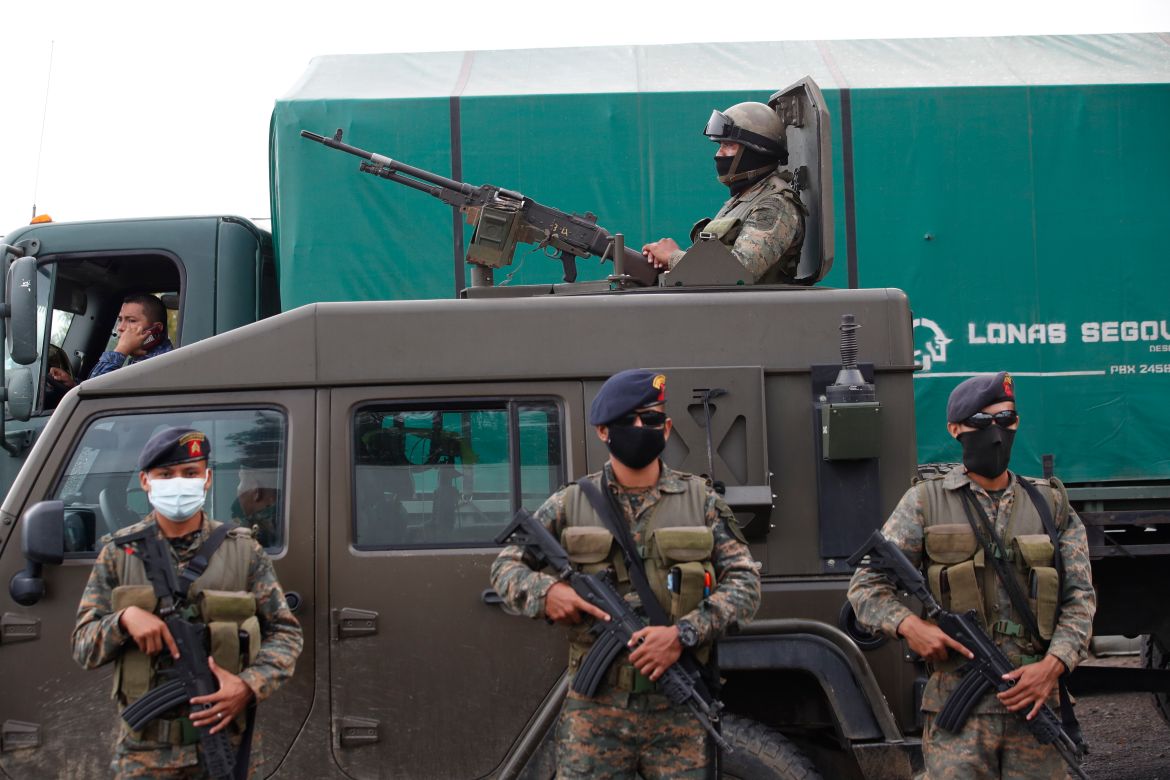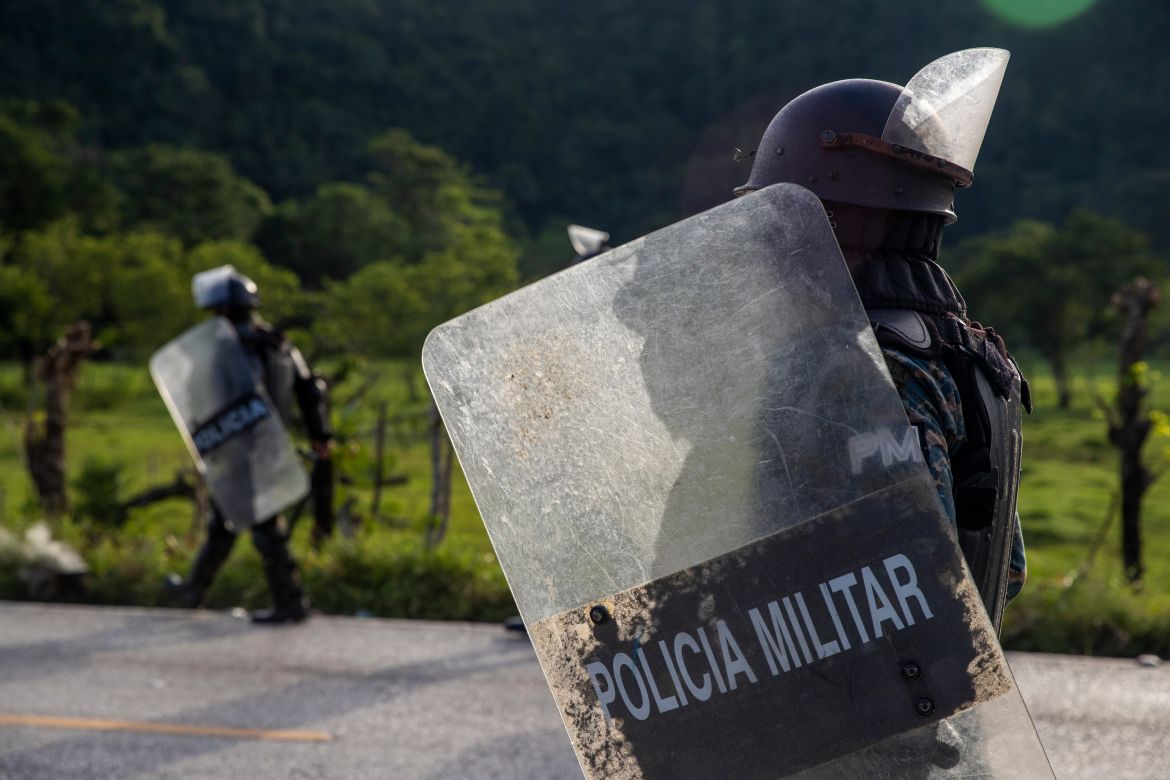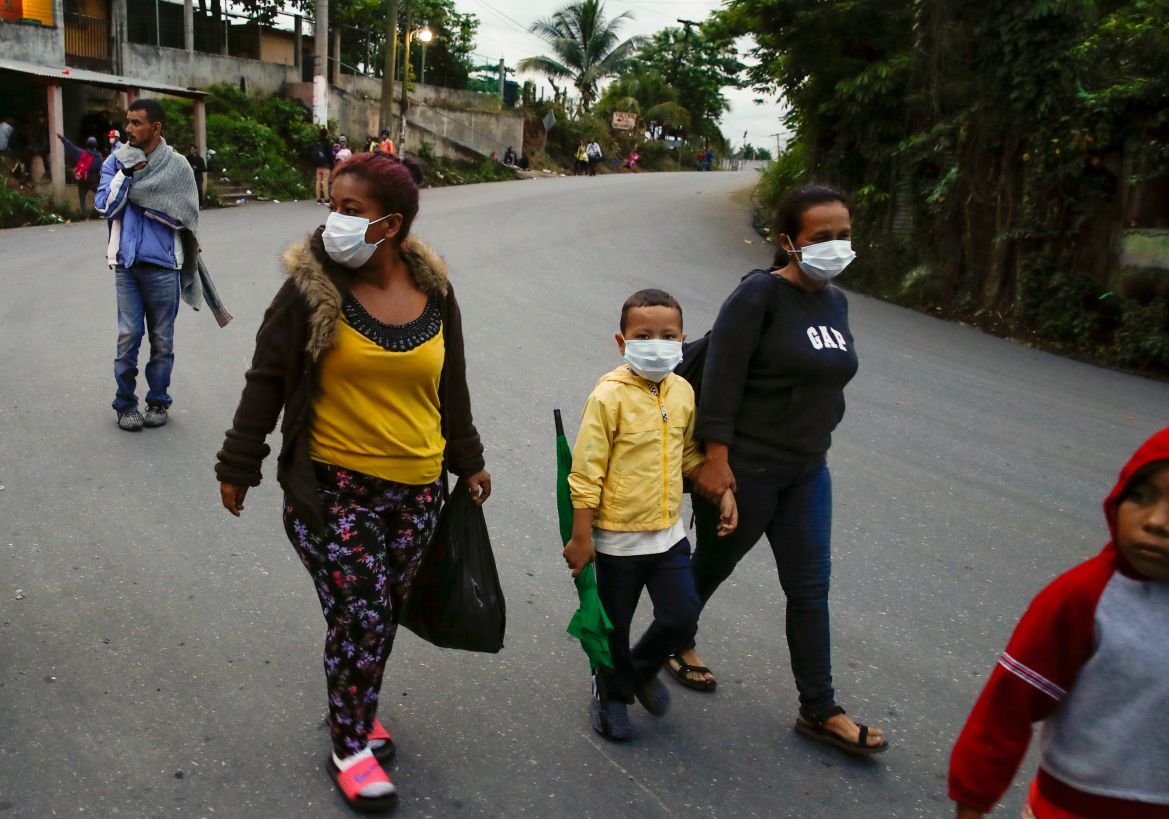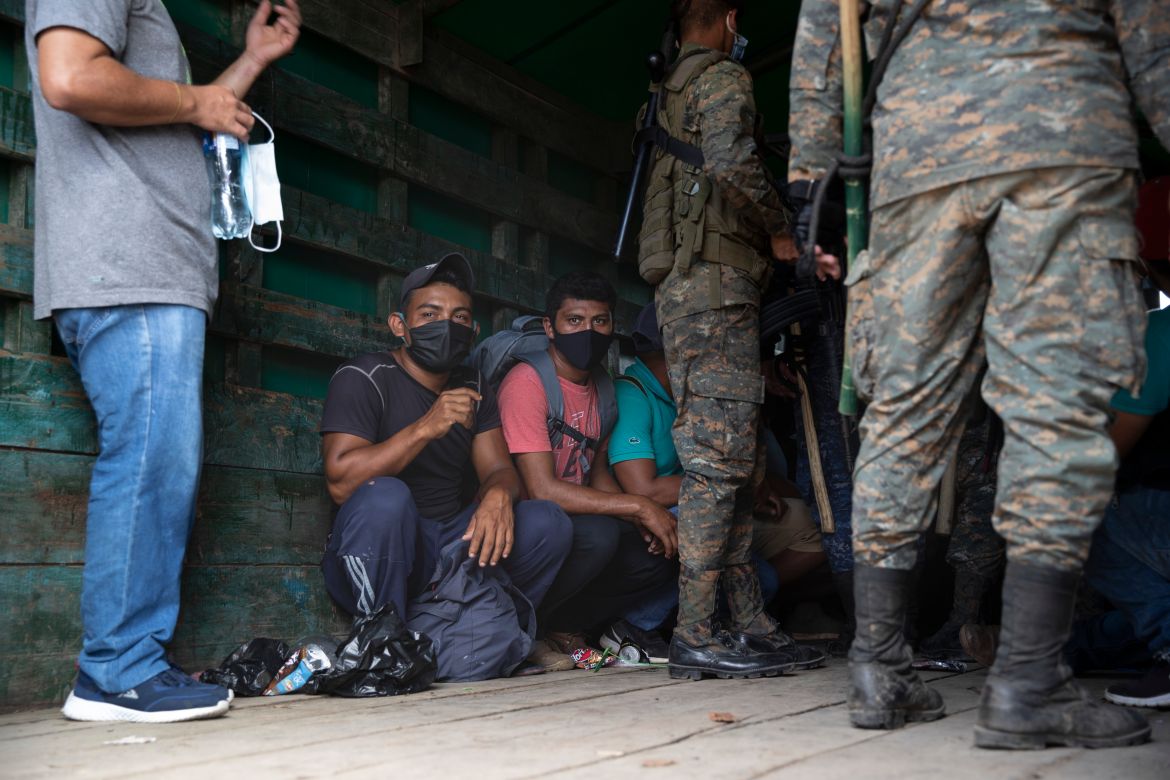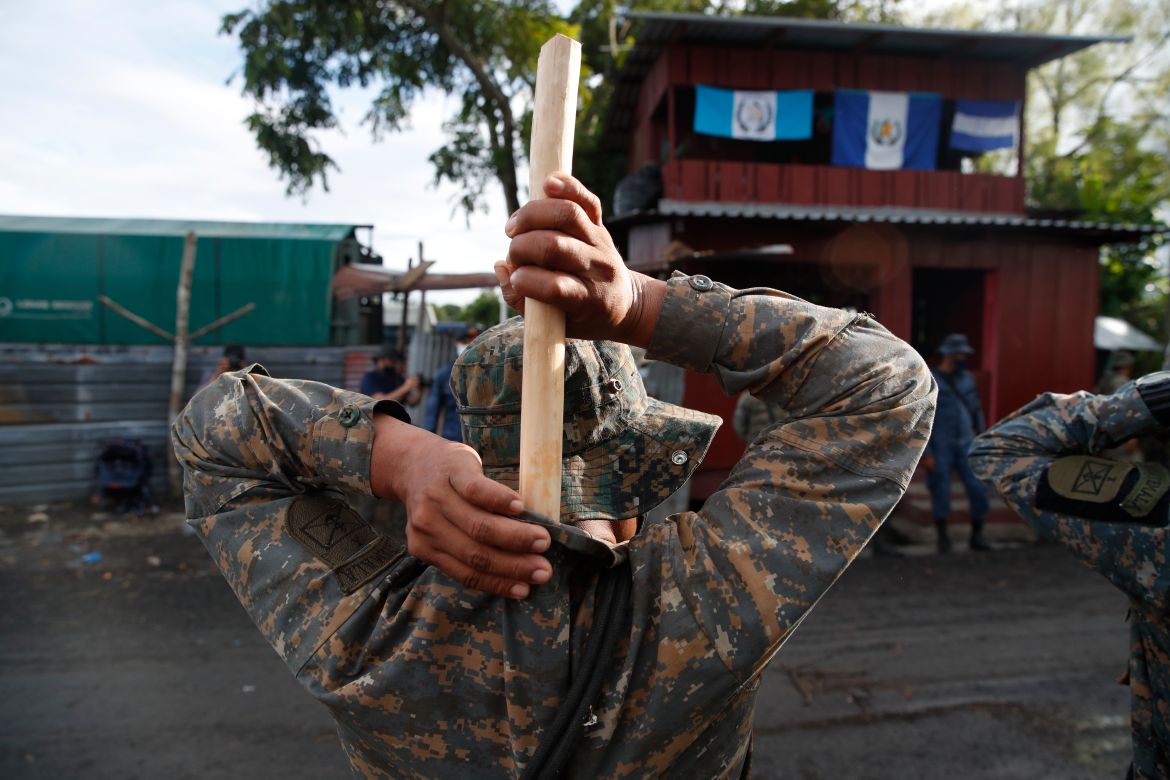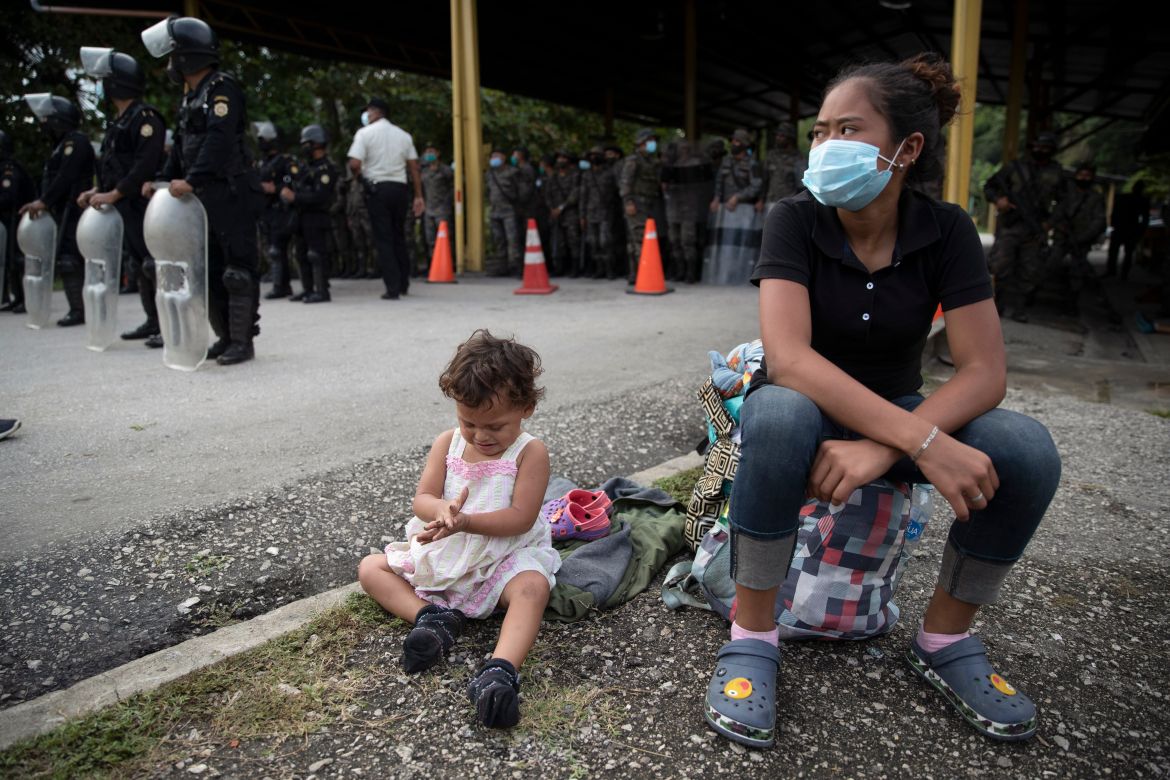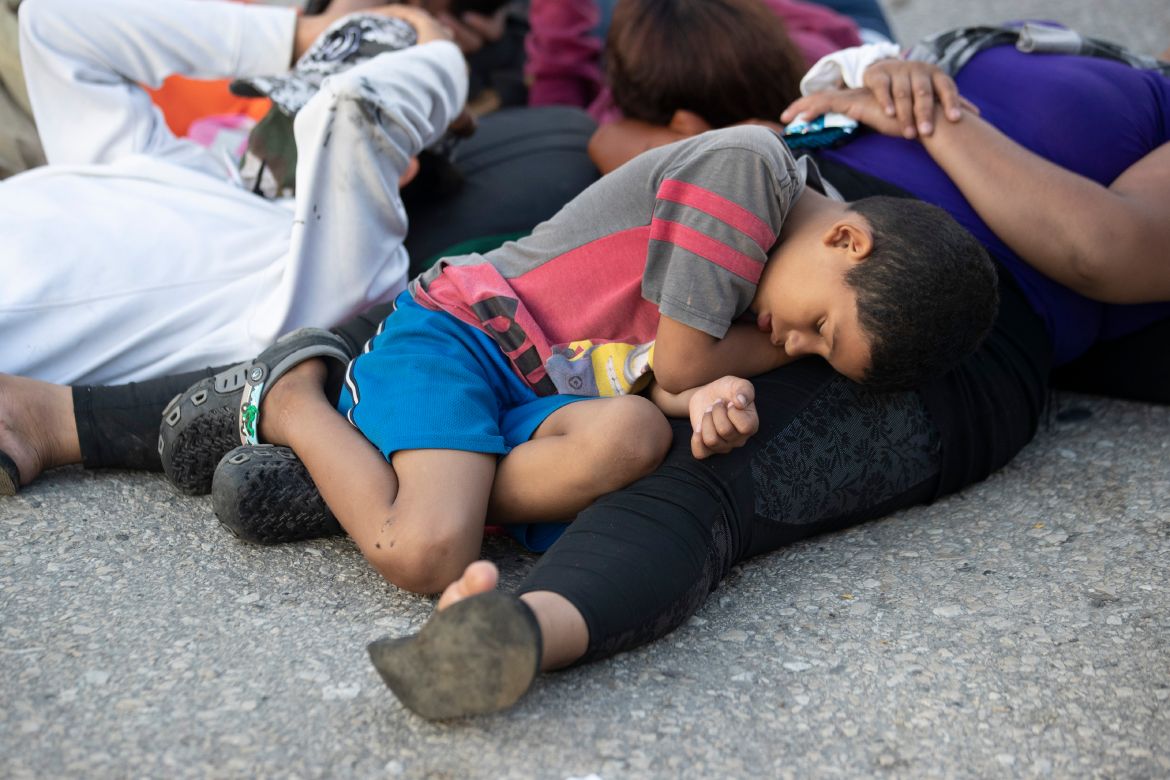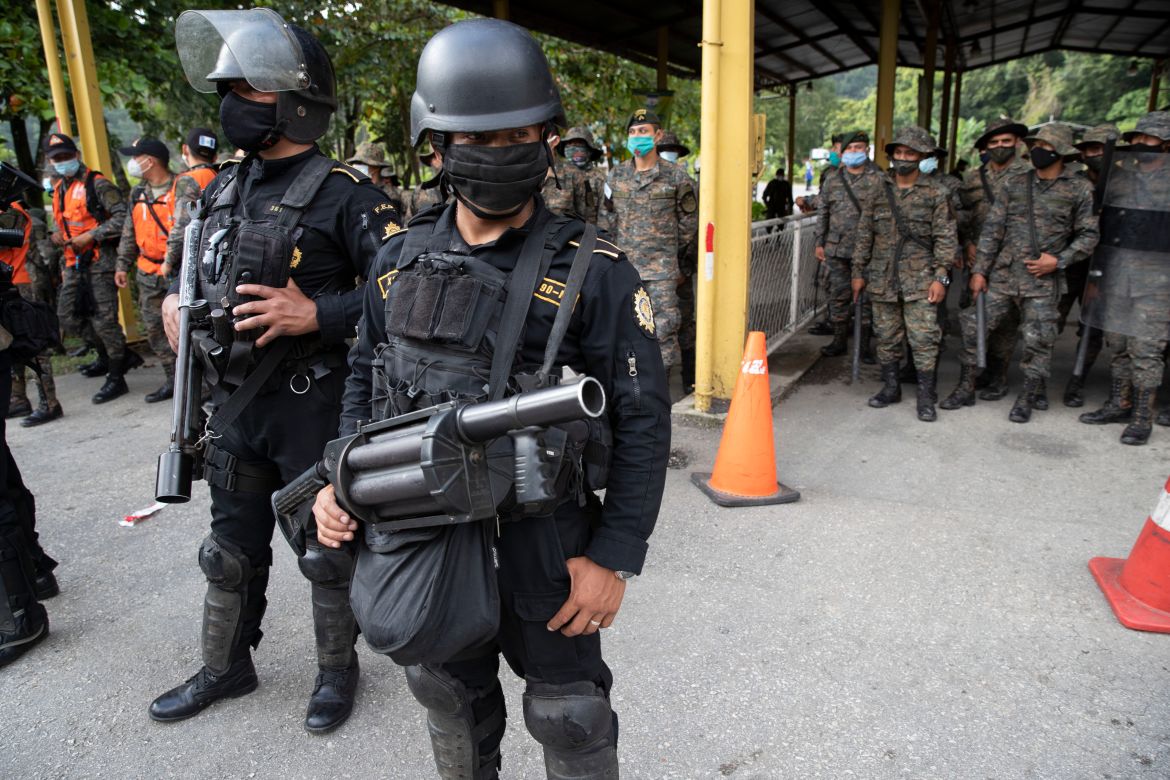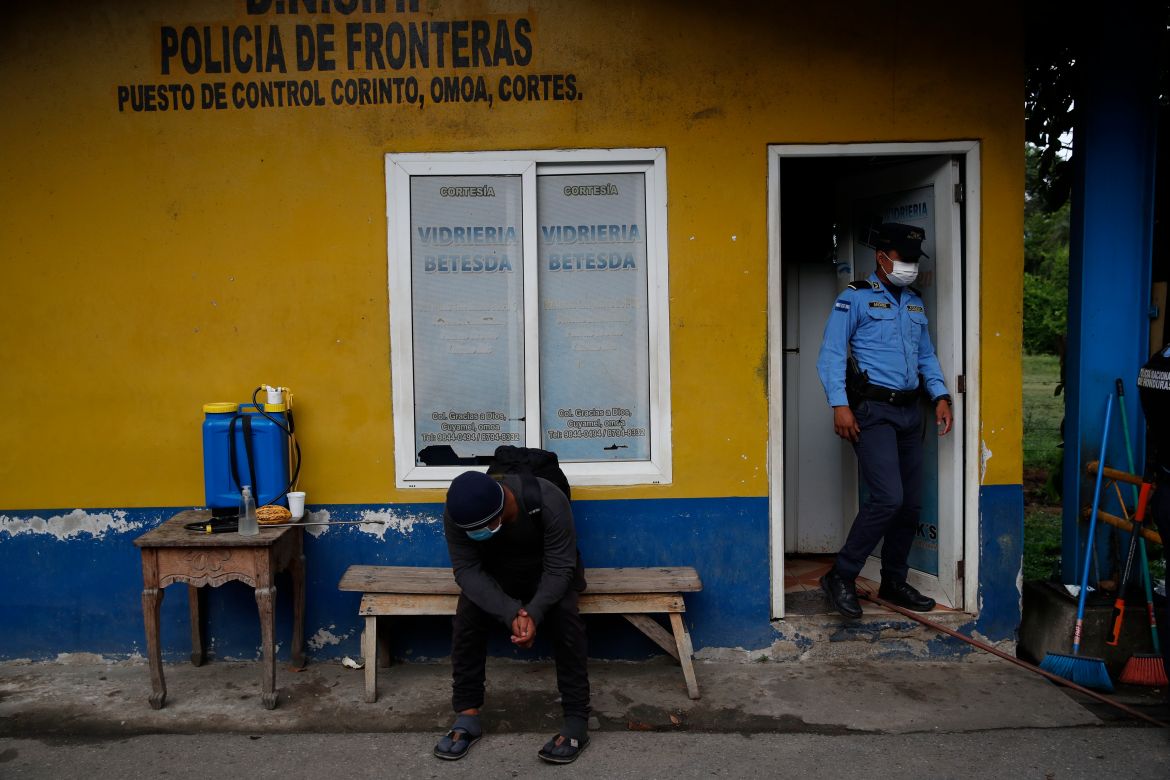In Pictures
In Pictures: Guatemala toughens stance on migrant caravan
Under pressure from Donald Trump, Guatemala halted more than 3,000 migrants set for the US, saying they posed a health risk.
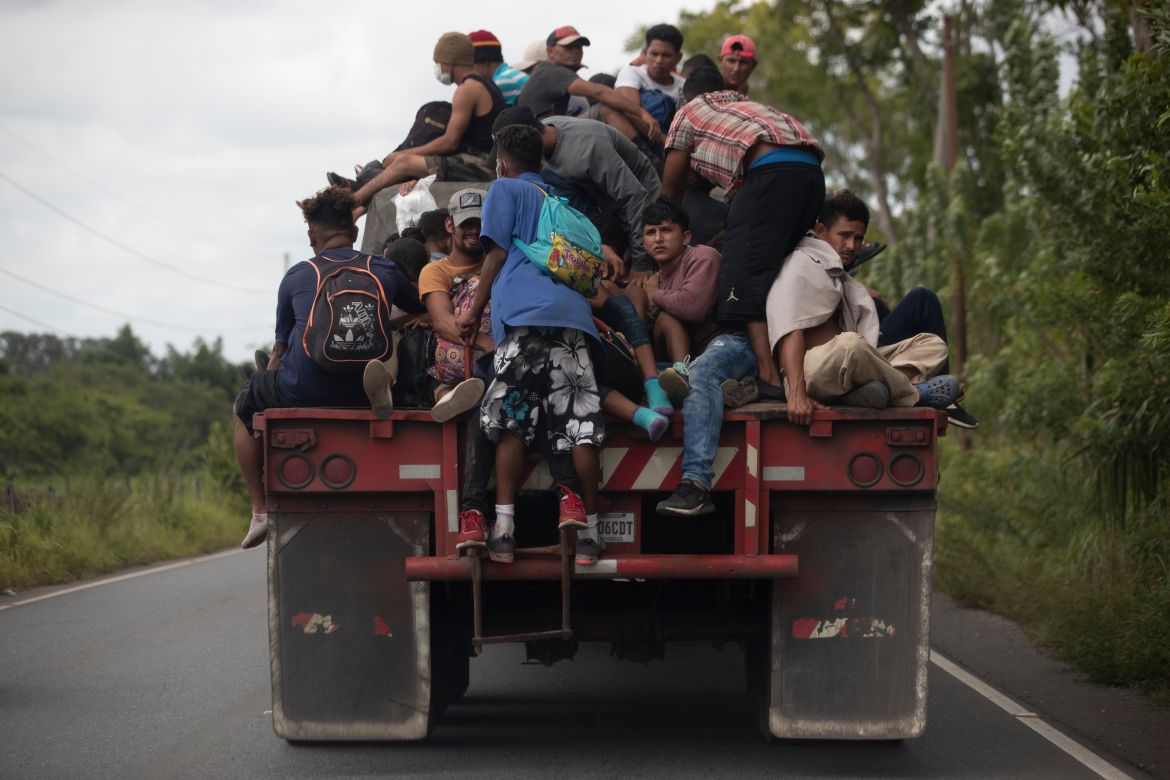
The Guatemalan government’s decision to halt more than 3,000 Honduran migrants who had set out for the United States amid the coronavirus pandemic, signalled that US pressure on immigration continues to extend southward.
Previously, Guatemala did little to stop large movements of migrants crossing its territory. But President Alejandro Giammattei threatened last week to send the latest group back, saying they posed a health risk because of the coronavirus. Over the weekend Guatemala followed through, hauling 3,300 migrants back to the Honduran border.
“The border has definitely moved,” said Ursula Roldan, an immigration expert at Rafael Landivar University in Guatemala City. “We already knew the pandemic would be a pretext for states to focus on migrants as an issue of security and health.”
Guatemala’s tougher stance followed Mexico’s hardened efforts that broke up caravans last October and in January at its southern border. Mexico deployed the National Guard during the summer of 2019 to help slow immigration after US President Donald Trump threatened tariffs on all Mexican imports if the Mexican government did not stop the caravans.
Michael Kozak, acting assistant secretary for the US Department of State’s Bureau of Western Hemisphere Affairs, went on Twitter to thank Guatemala “for the sustained efforts to mitigate the spread of #Covid19 and stop irregular migration.”
With the US effectively suspending its asylum system at the border and legal crossing reduced to essential traffic, the migrants already faced long odds of entering. But Guatemala’s more assertive position erects yet another set of obstacles at a time when the factors pushing migrants to head north like a lack of job opportunities at home have worsened during the pandemic.
On Thursday, hundreds of Honduran migrants pushed past Guatemalan authorities at the border without registering. That night, President Giammattei raised the spectre of them spreading the coronavirus and said they would be rounded up.
Guatemala’s strategy was similar to the one Mexico used earlier. Both avoided potentially dangerous confrontations at the border itself. Instead, interior roadblocks were used to break up large groups, and migrants were left to walk and tire themselves out before authorities moved against them en masse.
By Saturday, the largest groups in Guatemala had been bused back to the border with Honduras.
